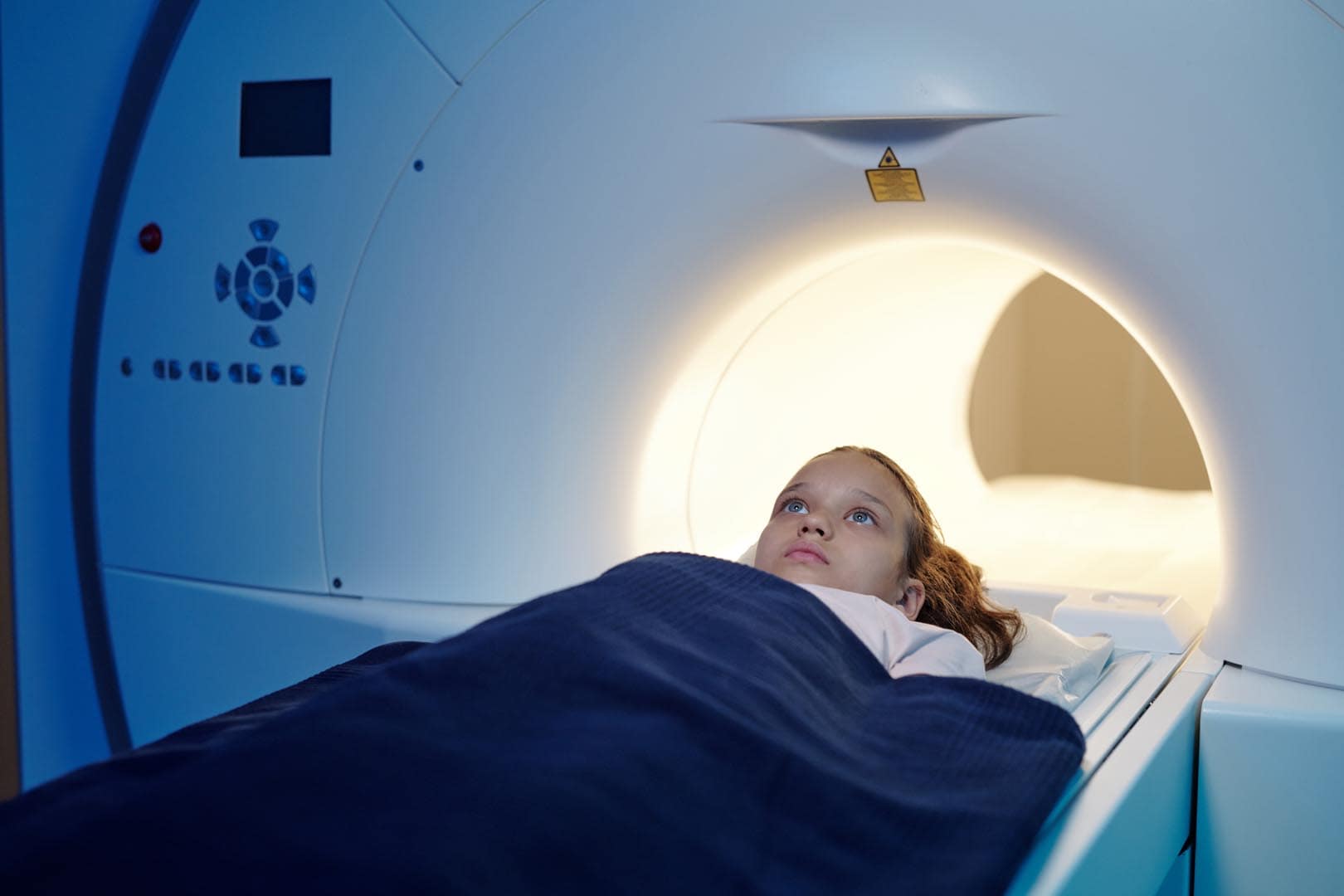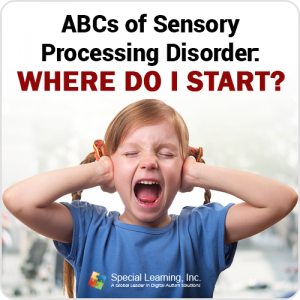CT Scans for Children with Autism
A Computer-Assisted Axial Tomography (CT or CAT scan), is a radiographic technique that produces an image of a detailed cross-section of tissue. It was invented by Godfrey Newbold Hounsfield of EMI Laboratories. The procedure is painless and non-invasive and requires no special preparation. It is 100 times more sensitive than conventional radiography. It uses a narrow collimated beam of x-rays that rotates in a full arc around the patient to image the body in cross-sectional slices. Tumor masses, infractions, bone displacement, and accumulations of fluid may be detected.
A CT scan exposes your child to safe level radiation, but it is a very helpful tool in diagnosing structural problems located in the brain and other parts of the body. These scans are usually requested by physicians if they need a more detailed image than what a plain x-ray would produce.
CT scan Procedure
A Computer-Assisted Axial Tomography machine has a movable table wherein your child will be asked to lay down. In most cases, if children are too young or unable to cooperate for any reason, sedation is required for the test to be done properly.
Sedations are given by pediatric anesthesiologists. Usually, during your consultation with your pediatrician regarding the test, your child’s pediatrician may recommend sedation and will refer you to an anesthesiologist. Anesthesiologists compute the drug to be given with regards to your child’s age and weight. During the CAT scan, the anesthesiologist is expected to stay until it is over to monitor your child’s condition.
A CAT scan is a non-invasive procedure, but if a dye is needed to be injected to be able to see any blockage in parts of the body that are being scanned then the procedure becomes an invasive procedure. The dye is injected via an intravenous (IV) route during the scan and is taken out right after the scan is done. It is best to inform your doctor about any allergies to shellfish since the dye used for viewing blockages is iodine-based.
If no dye is required, your child will be passing through the CAT scan machine, which is a machine that has a circular opening. It is crucial that movement is made when passing through the machine so that accurate results may be produced. The whole process depends on what part is being scanned, it can take 30 minutes to more than an hour in some cases.
Preparing your Child with Autism for a CAT Scan
It is given that childhood autism makes everything more complicated than it should normally be. Doing new things, meeting new people, encountering new sights and sounds would take planning and preparation for a child with autism. If your child is to have a CAT scan done it is best to familiarize him or her with the procedure before the actual test day. Techniques such as telling social stories and using picture cards of the equipment and personnel he or she will encounter during the procedure are a good way of preparing for the test. A visit to the setting before the actual day of testing is also a way of gradually familiarizing your child with the procedure so that his or her full cooperation is gained during the testing.
Copyright © by Special Learning Inc. All right reserved.
No part of this article may be reproduced in any manner whatsoever without written permission except in the case of brief quotations embodied in critical articles and reviews. For information, contact Special Learning Inc., at: contact@special-learning.com








